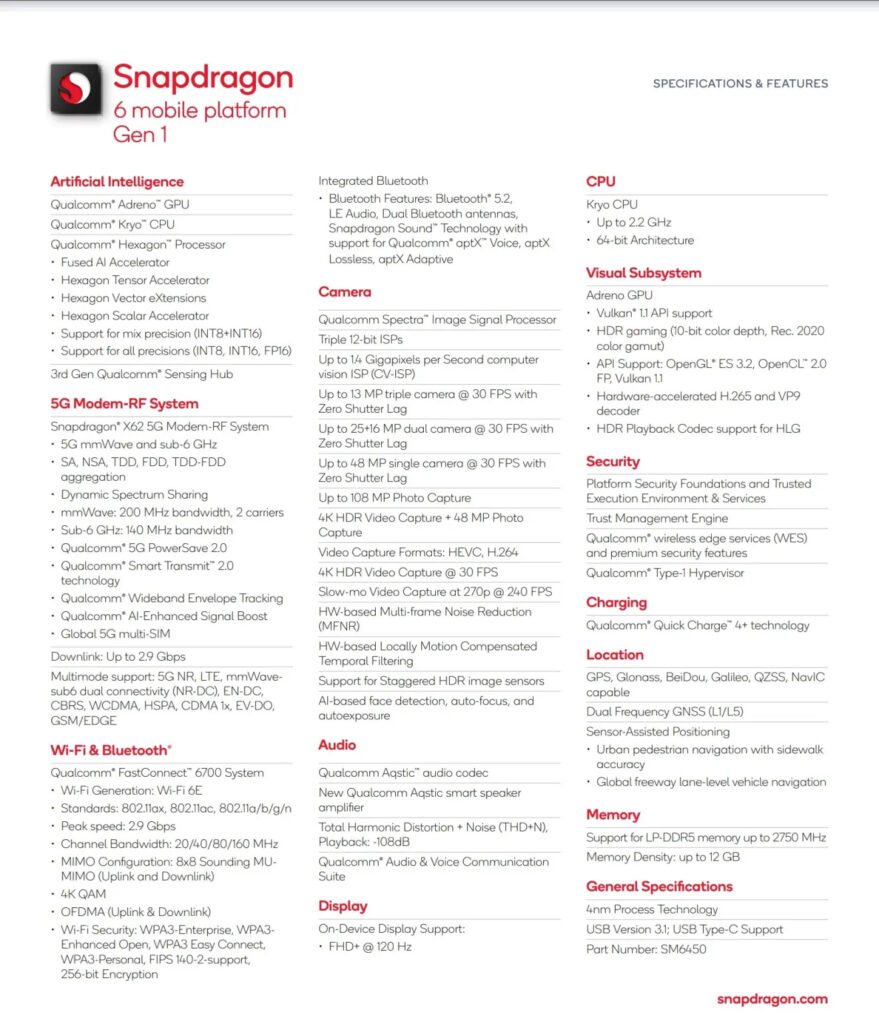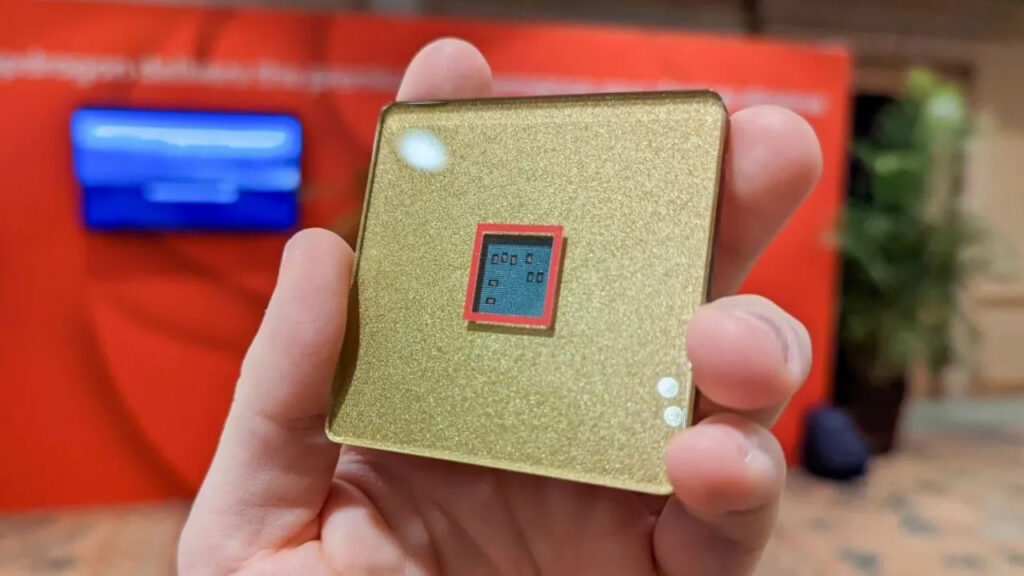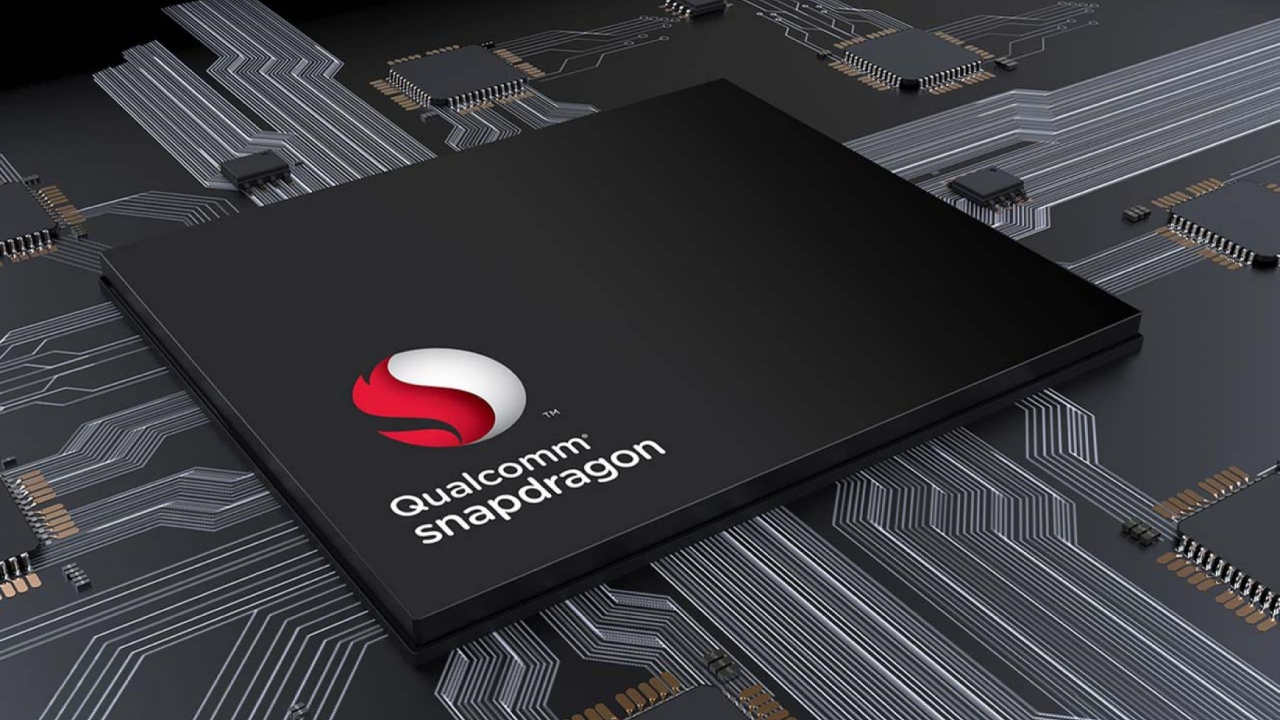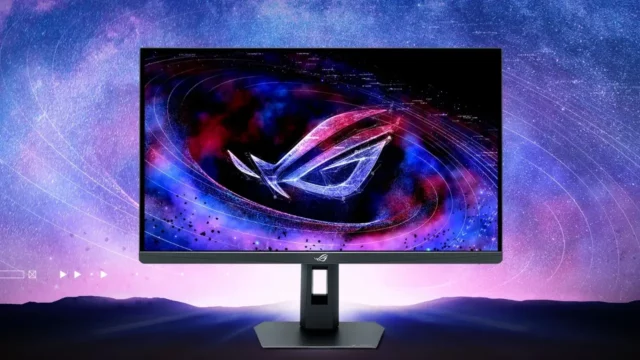Mobile processor company Qualcomm continues to work on new processors. This time Snapdragon 6 Gen 1 is on the agenda. Qualcomm will hold 2022’s Snapdragon Summit in Hawaii on November 15-17. Many announcements will be made at this event, and the star of the show will definitely be the Snapdragon 8 Gen 2 presentation.
Snapdragon 6 Gen 1 processor specifications
The Snapdragon 6 Gen 1 processor could also be a part of this event, or it could be launched before November. However, this is no longer needed. Because almost all the key details of the processor were leaked by Evan Blass. The processor seems to appeal to budget-friendly phones.

Unlike the Snapdragon 695, it is capable of shooting 4K HDR video, not 1080, and comes out of the 4nm manufacturing process, not 6nm like the Snapdragon 695. The mobile processor Snapdragon 6 Gen 1 is equipped with a Snapdragon X62 modem, which brings 5G connectivity, Bluetooth 5.2, Wi-Fi 6E, Quick Charge 4 Plus support, 120 Hz refresh rate for FHD+ resolution screens, and high-speed charging. The core-based setup of the processor, which is built on an unnamed Adreno GPU unit, has not yet been detailed. It is reported that only Kryo CPU cores can reach up to 2.2 GHz for this processor.
Qualcomm currently offers the Snapdragon 8 Gen 1 Plus processor at the top of the mobile processor market. This processor comes out of TSMC’s 4 nm manufacturing process and combines one Cortex-X2 running at 3.19 GHz, three Cortex-A710 running at 2.75 GHz, and four Cortex-A510 cores running at 1.80 GHz. For comparison, the previous version of Snapdragon 8 Gen 1 combines one Cortex-X2 running at 3.0 GHz, three Cortex-A710 running at 2.5 GHz, and four Cortex-A510 cores running at 1.79 GHz. On the Snapdragon 8 Gen 2 processor, the setup structure may change interestingly.

According to the rumors, the new processor can be built on the 1+2+2+3 core array, unlike the current infrastructures. Specifically, one Cortex-X3, two Cortex-A720, two Cortex A710, and three A510 cores can come together here. The high-end processor, which is informed that it will leave TSMC’s 4 nm production process, that is, it will not go down to the 3 nm level, can reach a new level in performance and efficiency with four different core types.













